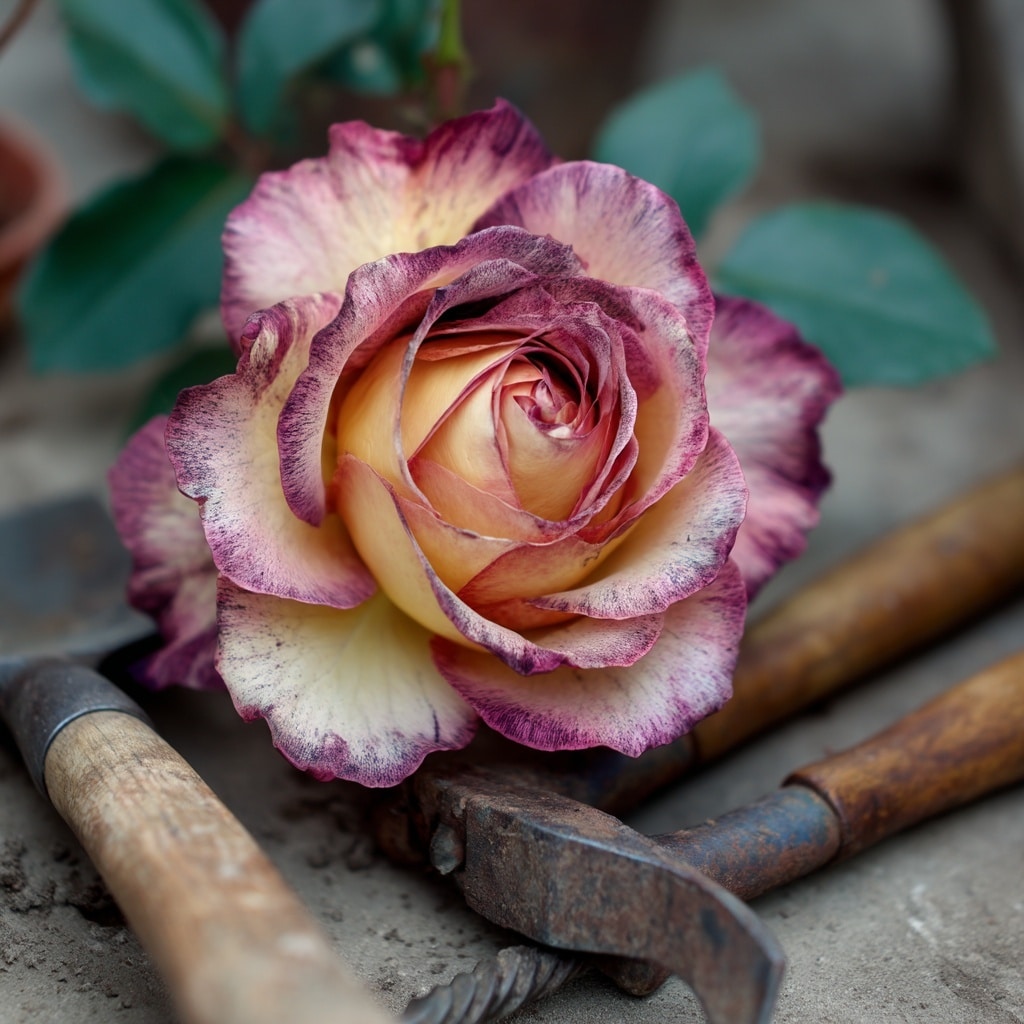Rare roses have always held a special place in the hearts of gardeners, collectors, and floral enthusiasts. Unlike common varieties, these roses offer an extraordinary blend of history, color, fragrance, and intrigue. Whether it’s an heirloom bloom that dates back centuries or an exotic hybrid with an unusual hue, rare roses transform gardens into living art galleries. Their uniqueness lies not just in their looks but in the stories they tell—stories of careful cultivation, delicate preservation, and generations of admiration. If you’re looking to add something truly exceptional to your garden, rare roses offer more than beauty—they offer legacy.
Table of Contents
Why Rare Roses Captivate Collectors
Rare roses aren’t just plants—they’re passions. For seasoned gardeners and rose collectors, these flowers symbolize more than beauty; they represent exclusivity, craftsmanship, and a deep-rooted connection to nature’s wonders. What makes rare roses so appealing is a mix of their limited availability, exceptional traits, and the challenges involved in growing them.
Here’s why rare roses are so highly prized:
🌟 Limited Availability
Many rare rose varieties are cultivated in small batches or originate from older lines that are no longer mass-produced. Their scarcity naturally boosts their appeal. Owning a rare rose can feel like holding a piece of botanical treasure that few others possess.
🌸 Unforgettable Fragrance
Unlike many modern hybrids bred for shelf life over scent, rare roses often retain powerful, complex fragrances. Some carry sweet citrus notes, while others release deep, musky tones. This makes them popular not just for their looks but for their aromatic charm.
🎨 Unique Colors and Forms
Rare roses frequently feature striking colors—such as jet black, silver-blue, or multi-toned petals—that are seldom found in typical garden centers. Their unusual shapes, like spiraled buds or layered ruffles, also make them standout specimens in any landscape.
🕰️ Historical and Cultural Significance
Many rare roses are heirlooms that have been passed down for generations. Their backstories add sentimental value and make them more than decorative plants—they’re living links to the past. Whether tied to royal gardens or old-world farms, each bloom carries its own narrative.
🌱 The Challenge of Cultivation
Rare roses are often more delicate, requiring specific conditions and experienced care. For collectors, this makes growing them an exciting pursuit. It’s not just about planting a flower—it’s about mastering a legacy.
Heirloom Roses: Timeless Blooms Worth Preserving
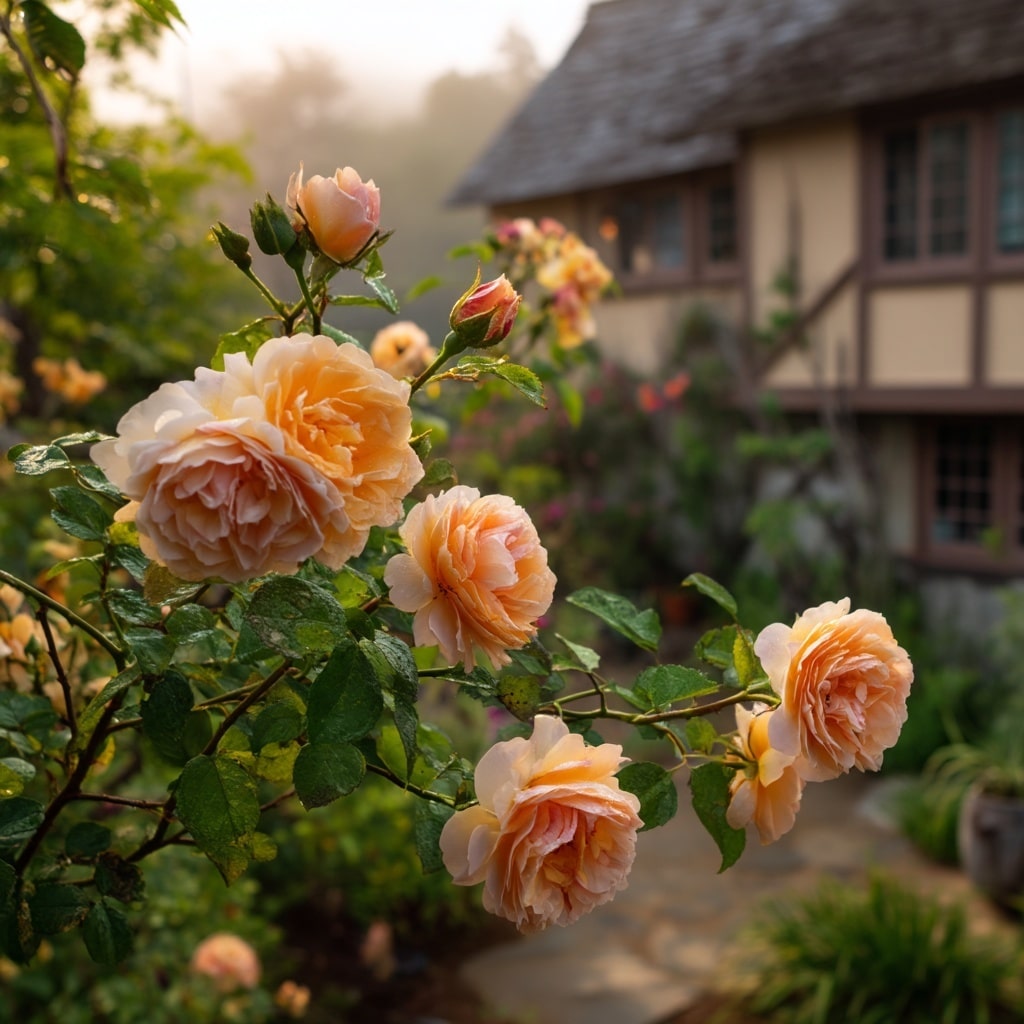
When gardeners talk about rare roses, heirloom varieties often lead the conversation. These are the roses that have been grown and passed down for generations, prized not only for their age but also for their authenticity, fragrance, and resilience. Unlike modern hybrids, heirloom roses have not been altered through extensive breeding, which means they retain many of their original traits—and that’s exactly what makes them so valuable.
🌿 What Defines an Heirloom Rose?
An heirloom rose is typically defined as a variety that has been around since before 1867—the year the first modern hybrid tea rose was introduced. These roses are often classified as antique or old garden roses, known for their large, fragrant blooms and natural resistance to disease.
🌸 Why Gardeners Love Them
- Rich Fragrance: Heirloom roses often emit a deeper, more complex scent than their modern counterparts. From spicy to citrusy, their aromas evoke a sense of nostalgia and elegance.
- Natural Disease Resistance: Many heirlooms developed their resilience long before synthetic pesticides and fungicides existed. As a result, they’re often easier to grow organically.
- Romantic Beauty: With soft, ruffled petals and cascading blooms, these roses bring an old-world charm to any garden setting.
- Cultural Significance: Some heirloom varieties have historical ties to Victorian England, ancient Persia, or early American homesteads. Owning one can feel like growing a living piece of history.
🌱 A Sustainable Choice
Heirloom roses not only preserve biodiversity but also promote sustainable gardening. By cultivating these varieties, gardeners help ensure that the genetic traits of these rare roses remain intact for future generations to enjoy.
Exotic Roses: A Botanical Rarity Worth the Effort
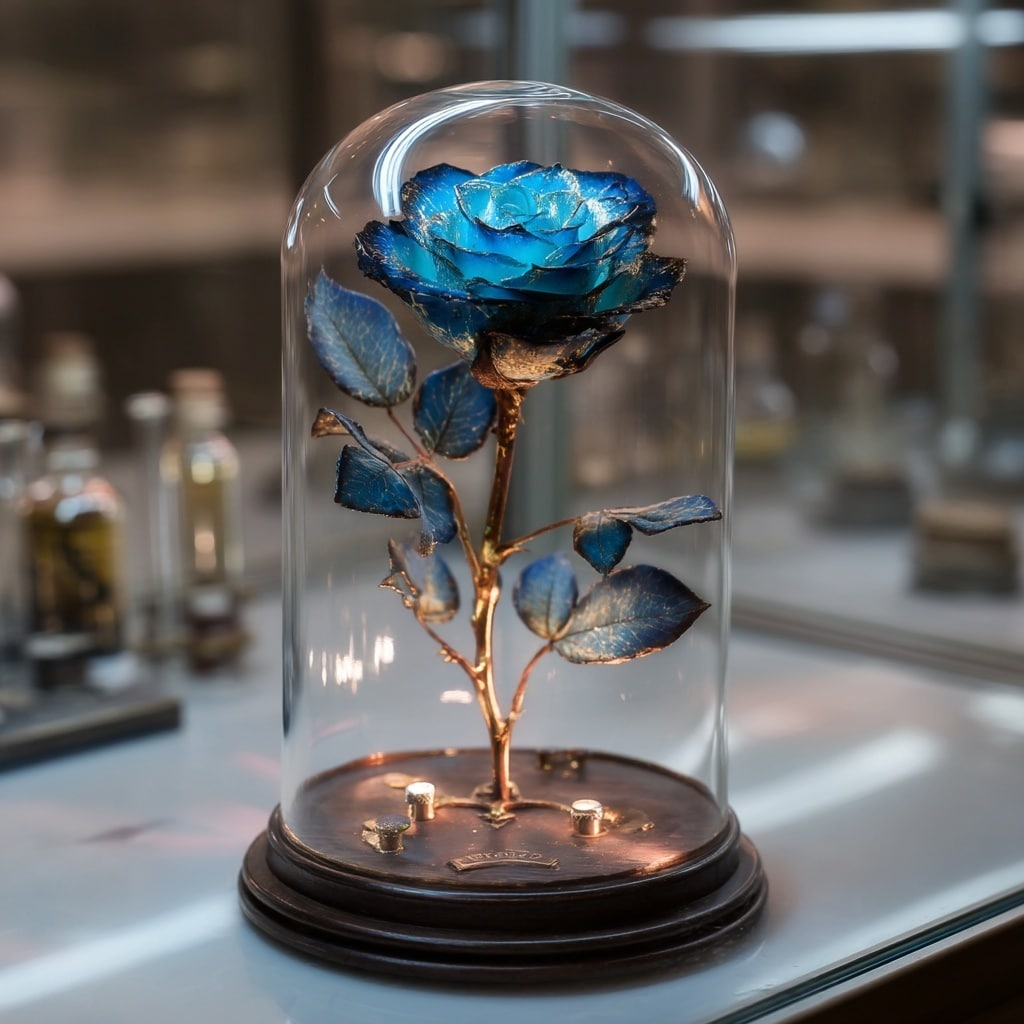
Among the most intriguing types of rare roses are the exotic varieties. These roses break the mold of traditional colors and forms, offering something truly out of the ordinary. Their unusual appearance, combined with the difficulty of cultivation, makes exotic roses especially desirable for collectors and advanced gardeners.
🎨 Striking Colors That Defy Nature
Unlike classic red or pink roses, exotic varieties come in shades that seem almost unreal—think midnight black, icy blue, or pale green. While some of these colors occur through careful hybridization, others are enhanced through non-traditional techniques like dyeing or genetic modification. The results, however, are breathtaking.
- Black Roses: Typically a deep burgundy or purple-black, these roses symbolize mystery and elegance.
- Blue Roses: Rare and often synthetically created, blue roses are associated with fantasy and the unattainable.
- Green Roses: Subtle and earthy, green roses offer a touch of the unexpected with soft, mint-toned petals.
🌏 Grown in Special Conditions
Exotic rare roses often require precise environmental conditions to thrive—specific soil pH, humidity levels, or temperature ranges. Some varieties are cultivated only in certain regions of Asia or Europe where the climate supports their growth.
🌿 Why They’re Worth the Challenge
- Unmatched Aesthetic Appeal
- Symbolic Meanings (e.g., rebirth, mystery, or serenity)
- Increased Value in Floral Markets and Private Collections
Because of their delicate nature and limited availability, these exotic roses often command higher prices and are seen as status symbols among garden enthusiasts. They are not just plants—they are horticultural art.
Rare Rose #1: Phantom’s Glow
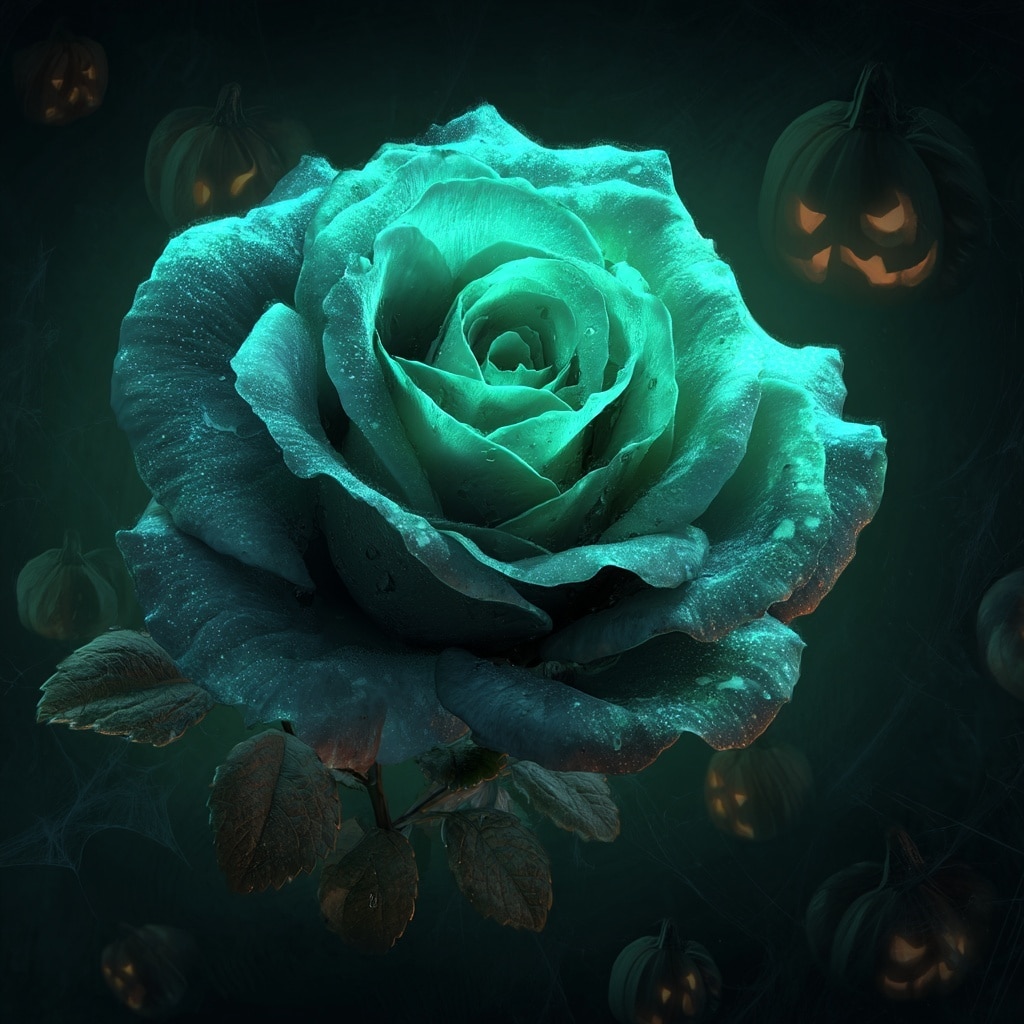
Few rare roses are as enchanting—or mysterious—as the Phantom’s Glow. Known for its glowing petals and haunting visual appeal, this variety is not just rare; it’s nearly mythical in the world of roses. Often associated with Halloween displays and gothic floral designs, Phantom’s Glow is a symbol of contrast: light and dark, beauty and decay, tradition and novelty.
🌌 A Rose That Glows in the Dark?
Yes—literally. This unique rose is engineered with bioluminescent properties that cause the petals to emit a soft green glow in low light. What makes it even more unusual is a faint pumpkin-like shape that appears on each bloom when illuminated in the dark. It’s an aesthetic that feels both surreal and seasonal.
🌿 Growing Requirements
Phantom’s Glow is not a rose for beginners. It thrives only under controlled conditions, requiring:
- Warm, stable temperatures (65–75°F)
- Well-drained, slightly acidic soil
- Consistent humidity levels
- Indirect light or partial shade during peak heat
Because of its sensitivity to environmental stress, it’s often grown indoors or in greenhouse environments, especially by boutique breeders and rare plant collectors.
👻 Why Collectors Love It
- Seasonal Appeal: Perfect for Halloween-themed gardens or décor
- Symbolism: Represents resilience, mystery, and transformation
- Exclusivity: Bred by very few growers worldwide
Phantom’s Glow is a perfect example of how rare roses can cross into art, design, and symbolism. Its striking presence and storybook quality make it a centerpiece in any collection.
Rare Rose #2: Blue Pearl Rose
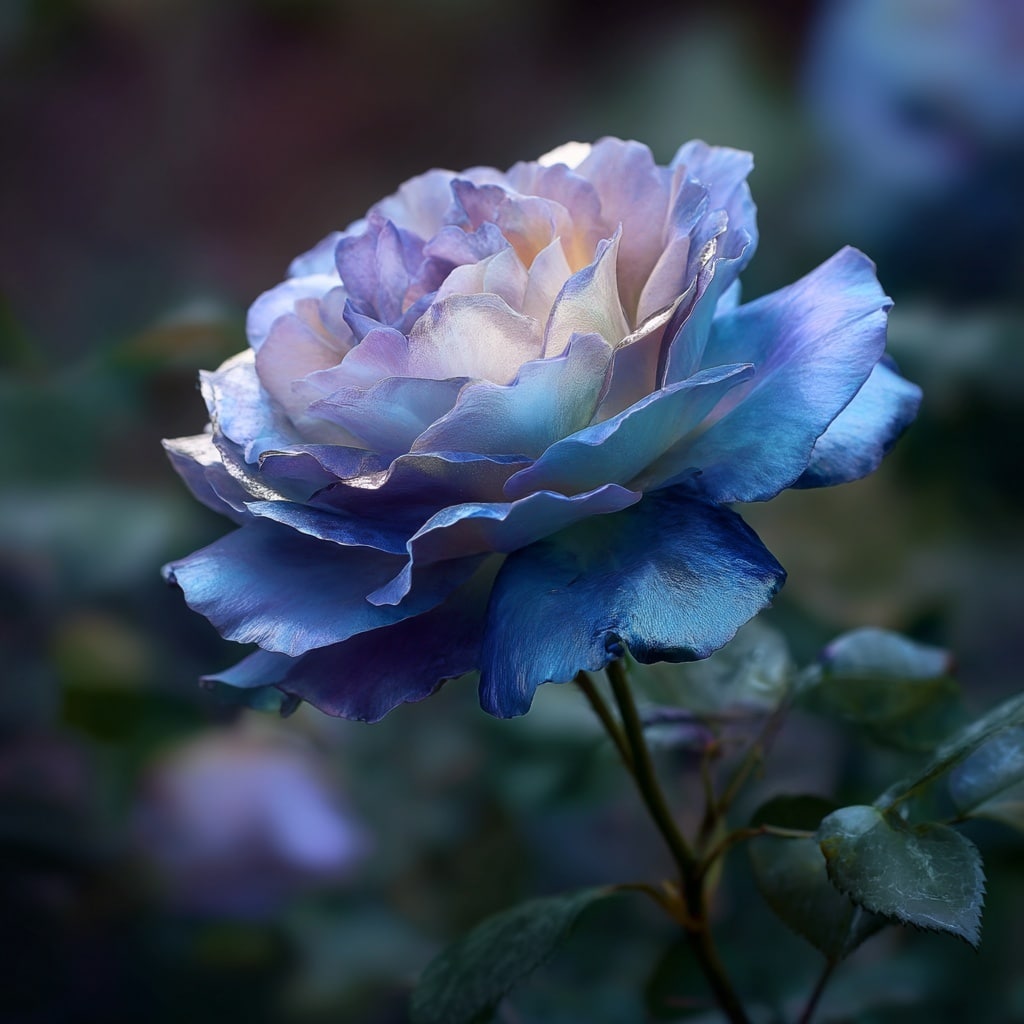
Among all rare roses, the Blue Pearl stands out as a botanical wonder. Revered for its shimmering, iridescent petals, this rose captures attention not only for its beauty but for its near-impossible cultivation. The Blue Pearl is often described as the “holy grail” of rose breeding—a variety that defies nature yet feels entirely at home in the garden.
💎 A Color That Captivates
True blue roses don’t occur naturally, which is what makes the Blue Pearl so intriguing. Its soft blue tones shift under different lighting—from pale silver-blue in the morning light to a deeper sapphire hue at dusk. This magical color variation gives the flower an almost luminescent effect, adding to its ethereal charm.
🧪 The Science Behind the Blue
The Blue Pearl was developed after decades of selective hybridization and advanced breeding techniques. Scientists and horticulturists used pigment-altering methods to achieve the blue tones, making this rose not only beautiful but a testament to human ingenuity in the plant world.
🌱 Growing Conditions
To grow a Blue Pearl successfully, you’ll need to recreate its ideal environment:
- Mild, consistent temperatures (60–70°F)
- Slightly alkaline soil (pH 7.0–7.5)
- High humidity and good air circulation
- Filtered sunlight with protection from harsh afternoon rays
This rose is incredibly delicate. Even minor changes in its environment can affect petal color and bloom quality. For that reason, it’s often cultivated by expert gardeners or under the care of botanical institutions.
🌟 Symbolism and Collector Value
The Blue Pearl is more than just a pretty face. It symbolizes tranquility, wisdom, and rarity—perfect qualities for gardeners who view their plants as reflections of personal values or deeper meanings.
For collectors, its difficulty to obtain and maintain only adds to its appeal. The Blue Pearl often commands premium prices at auctions or specialty nurseries, making it one of the most sought-after rare roses in the world.
Preserving Botanical Rose Diversity

The allure of rare roses isn’t just in their beauty—it’s also in their fragility. Many rare and heirloom varieties face extinction due to urbanization, climate change, and the rise of commercial hybrids. Without intentional efforts to preserve them, these living works of art could disappear forever. That’s why conservation is more important than ever.
🏡 Why Biodiversity Matters in Roses
Each rare rose carries unique genetic traits—disease resistance, climate adaptability, and distinct color profiles—that are irreplaceable. Losing these varieties doesn’t just diminish our gardens; it weakens the genetic foundation of all roses. Diversity strengthens ecosystems and ensures long-term resilience in both cultivated and wild rose populations.
🪴 How Gardeners Can Help
Even small actions in your own backyard can make a difference. Here’s how you can support the preservation of rare rose varieties:
- Grow Rare Roses at Home
Cultivating rare roses in your garden helps maintain their presence in the ecosystem and reduces dependency on commercial growers. - Support Botanical Gardens & Rose Societies
Many institutions play a key role in propagating endangered roses. Donations or memberships go directly toward conservation work. - Choose Heirloom or Open-Pollinated Varieties
When shopping for new roses, opt for those with heritage value rather than mass-market hybrids. - Avoid Overuse of Chemicals
Organic gardening practices support the health of all roses—especially those with delicate genetic profiles.
🧬 The Role of Specialized Breeding
Some breeders are working tirelessly to save endangered roses through genetic preservation, seed banks, and selective breeding programs. These efforts aim to reintroduce rare varieties into cultivation and preserve their traits for future generations. Your choice to grow or support these roses helps sustain that mission.
Preserving rare roses isn’t just a task for scientists—it’s a shared responsibility for everyone who values beauty, biodiversity, and botanical heritage.
Final Thoughts: Growing Rare Roses is Growing Living History
Choosing to grow rare roses is more than a gardening decision—it’s a way to participate in preserving beauty, biodiversity, and tradition. Whether you’re drawn to the historical depth of heirloom varieties, the magical appearance of exotic types, or the symbolic meanings behind each bloom, rare roses offer an experience no standard flower can match. By cultivating them, you’re not just planting roses; you’re preserving stories, saving species, and enriching your own garden in deeply meaningful ways.


